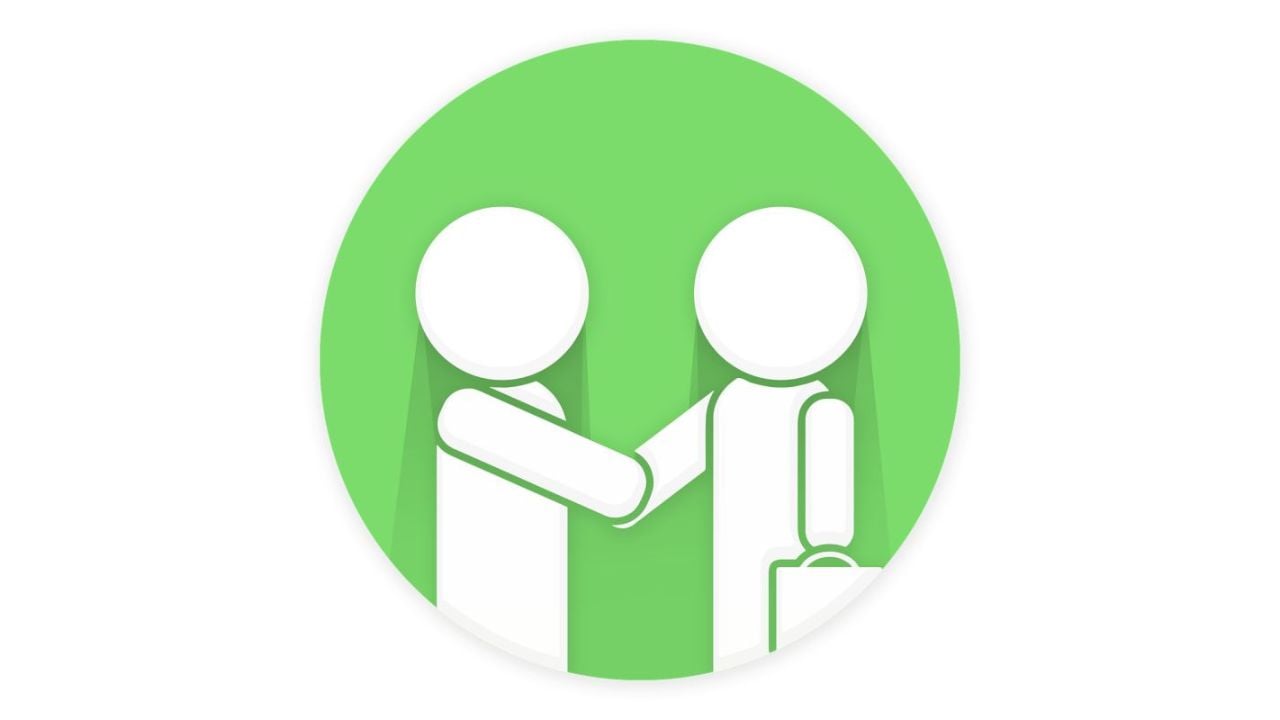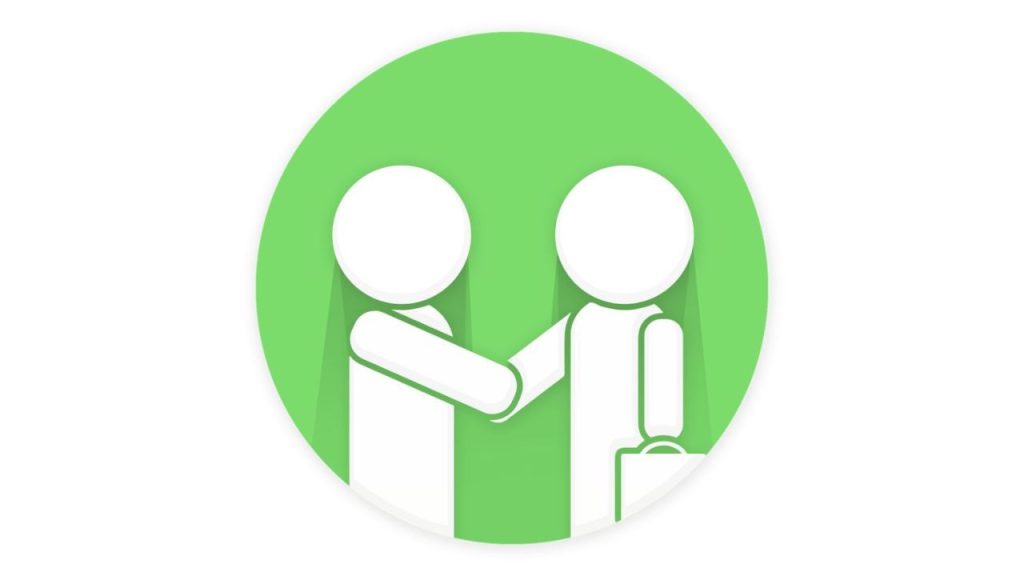A customer’s experience can be enhanced and your company can gain a competitive edge by using their name. Increased client satisfaction and loyalty may result from making them feel appreciated and acknowledged. A customer feels more familiar and personalized when they hear their name.

Over 70% of consumers want customisation from their customer support experience, according to a study. When we hear our name, humans are compelled to react intensely.
So, let’s go in-depth about the topic.
What’s The Point Of Using Customer Names?
In marketing, personalization refers to adjusting messages to each individual based on their unique attributes. By adding the customer’s name to marketing communications, businesses can achieve customization. In addition to fostering awareness, this tactic allows for client appreciation and value.
Personalized communication is more successful than generic messaging. Experian’s study, for example, found that emails with personalization have greater open and click-through rates than those without it. This is so that individualized communications can draw clients in and create stronger relationships.
Social identity theory serves as the foundation for the usage of client names in marketing. This theory holds that people get their feelings of self-worth and identity from their organizations. Businesses can reassure clients about their brand by using their names. Using client names in marketing upholds exclusivity and individualized care. The majority of luxury or high-end brands employ this tactic.
A designer brand that uses client names on customized invitations to private parties is an excellent example. Customers feel cared for, a sense of exclusivity is created, and the brand’s image is improved.
The spirit of marketing might be lost if consumer names and journey details are overused to the point of personalization being stalker-like. The proper use of customer names in marketing materials is up to the brand.
The most frequent use of customer names for personalization that brands can do is listed and described below.
- Email and newsletter promotion
To guarantee maximum click-through rates, customer names might be included in the subject line of the email and e-newsletter. For added professionalism, remember to include the recipient’s name, even if you found them through LinkedIn or other professional platforms.
- Retargeting ads
Retargeting is useful if a visitor sees your website but doesn’t complete an action, like buying something or signing up for a service. Reminder alerts, such as “Hey (Customer Name), we noticed you left something in your cart,” can be sent out. Come later to finish your purchase!”
- Marketing on social media
You can respond to consumer questions, messages, and comments on social media by using their names. For example, “Thank you for getting in touch with us, (Customer Name)! During business hours, we will respond to you.”
5 Ways to Use Customer Names
1. Use Customer Name in Greetings
Using the customer’s name in your greeting is a great approach to establishing a good first impression when you meet them, whether in person, over the phone, or email. It conveys your desire to get to know them and your attention span.
2. Repeat the Customer’s Name During the Conversation
Don’t be scared to utilize a customer’s name again during the conversation once you’ve used it in your greeting. According to some research, it’s ideal to use the customer’s name three times. A customer may feel closer to you and your staff if you use their name a few times during the discussion.
3. Personalize Your Communication
Make sure to address the consumer by name and include any pertinent information from your prior interaction if you’re sending a follow-up email or message.
4. Pronounce their Name Properly
Never hesitate to ask for help pronouncing a customer’s name if you’re unsure. Pronouncing words correctly can demonstrate your respect for their culture and identity.
5. Personalize Your Communication
Although incorporating a customer’s name can be beneficial, it’s crucial to find the ideal balance. Misusing or overusing their name can make them appear forceful or insincere.
The Bottom Line
You may differentiate your business from the competition and retain consumers by leveraging the power of a customer’s name to create a more engaging and personalized customer experience.
Read Also – Decoding United Airlines Holdings Inc: A Strategic SWOT Insight



